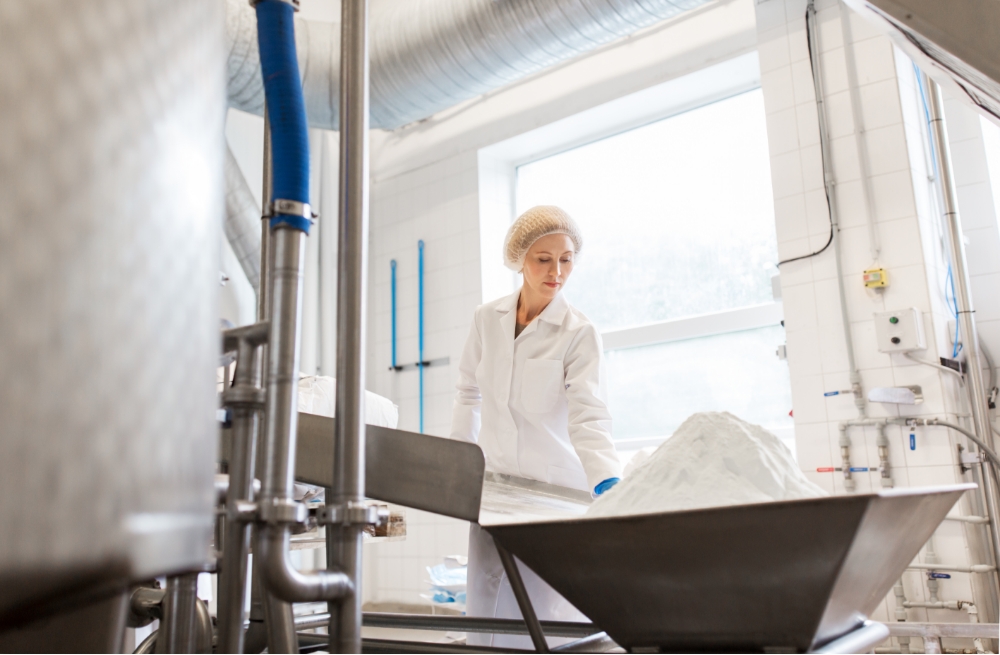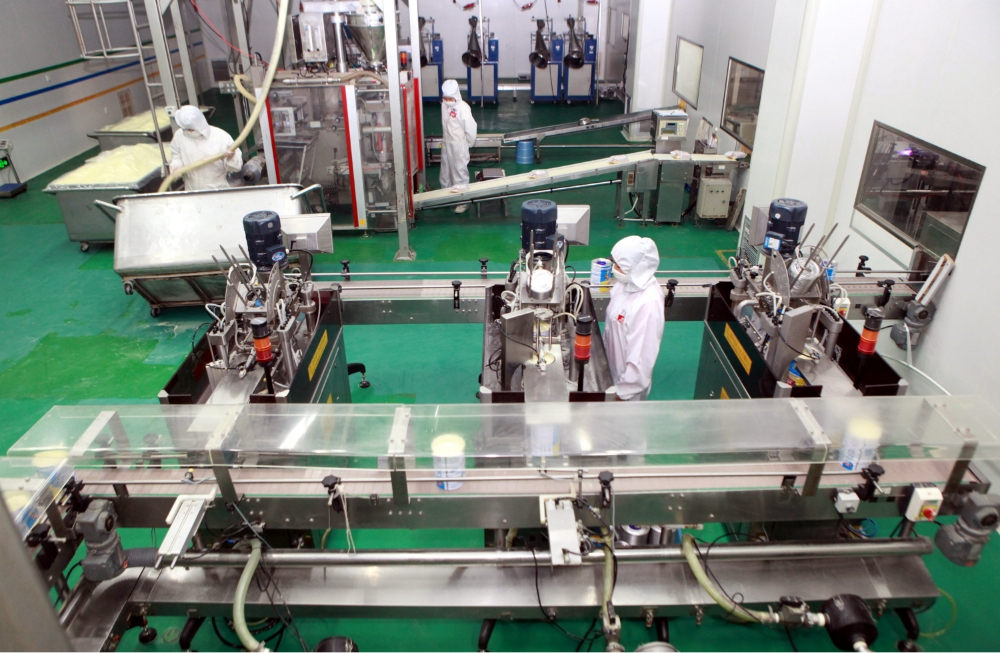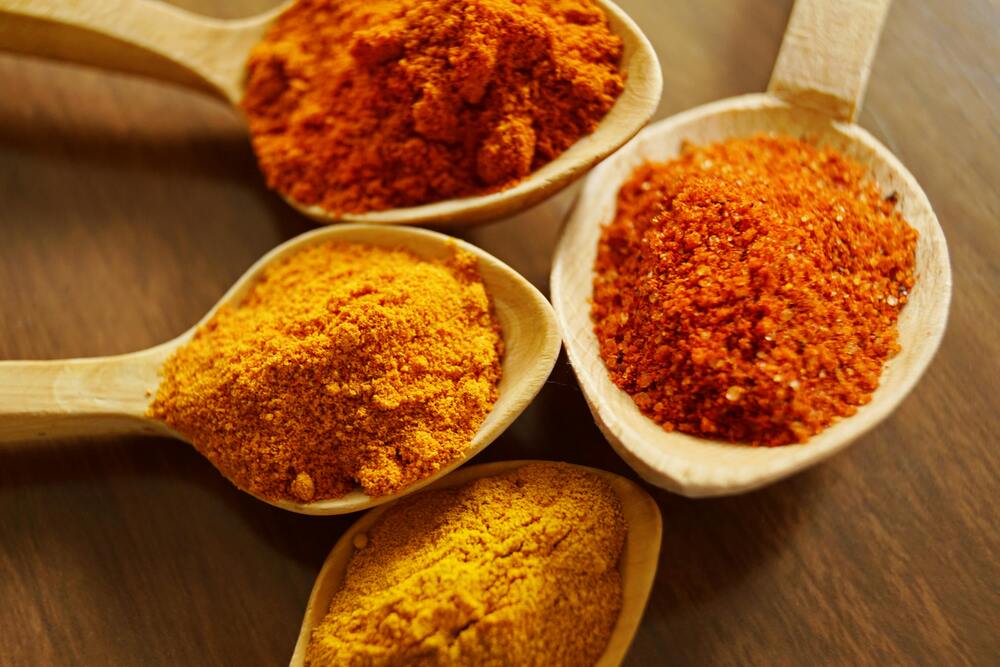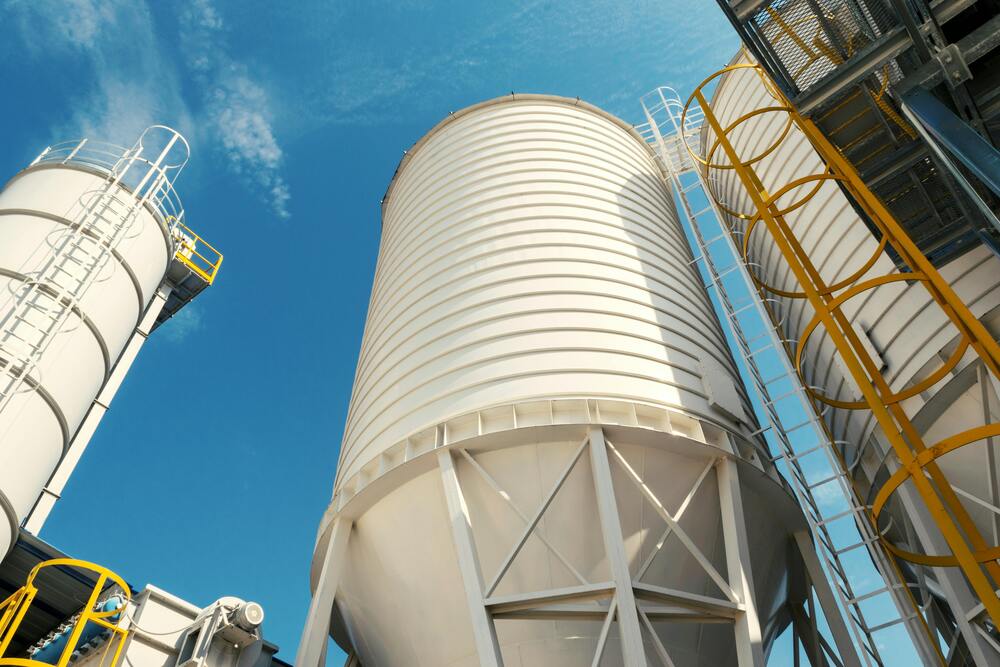Milk powder offers a wide range of benefits for consumers and the food and beverage manufacturing industry. Its versatility makes it an essential ingredient in countless applications, from enhancing the flavour and texture of baked goods to providing a convenient and cost-effective alternative to fresh milk.
However, manufacturing milk powder is a complex and meticulous process involving the transformation of liquid milk into its convenient powdered form. To help you understand how this essential product is made, we’ve prepared a step-by-step guide to the milk powder production process.
The Science Behind Milk Powder Production
Transforming liquid milk into powder is a complex process that retains the product’s nutritional value, flavour, and solubility. The primary goal is to minimise the moisture content of the milk, as lower moisture levels help prevent microbial growth, enhancing its shelf life and making transportation more efficient.
How is Milk Powder Made Step by Step?
This is the step-by-step process of how milk powder is produced:
1. Cream Separation & Standardisation
The process begins with separating cream from fresh milk. This step ensures that the milk’s fat content is standardised for consistency across batches.
2. Pasteurisation & Bacteria Removal
Milk is pasteurised to eliminate potentially harmful bacteria and ensure safety. This step also extends the product’s shelf life, maintaining the quality of the end product.
4. Dry Ingredients Storage & Handling
Proper storage of dry ingredients is essential to prevent contamination and maintain quality. Seamless handling ensures efficient integration of ingredients into the production process.
5. Lactose Mixing & Standardisation
Lactose levels are adjusted to enhance digestibility and flavour. This ensures that the final product meets taste and nutritional standards.
6. Pre-concentration by Filtration
Filtration removes excess water from the milk, concentrating it to make the subsequent evaporation step more efficient.
7. Evaporation
Milk undergoes evaporation to remove most of its water content, resulting in a thick, syrup-like consistency. This helps prepare the milk for the drying process.
8. Homogenisation
Homogenisation is when milk fat globules are mixed and dispersed to prevent the milk from separating and giving it a more homogeneous texture.
9. Spray Drying
The concentrated milk is atomised into a spray of droplets, which are then put into contact with hot air inside a drying chamber. As the water evaporates, the droplets turn into milk powder.
10. Powder Handling
Post-drying, the powder is carefully handled to maintain its quality and texture. Ensuring proper storage at this stage is critical to preventing contamination.
11. Powder Filling & Palletising
The milk powder is then packaged under protective atmospheres to avoid oxidation. Palletising ensures that the product is ready for efficient distribution.
How Has Advanced Technology Shaped the Milk Powder Production Process
Advancements in milk powder production lines have offered a wide range of benefits, including streamlining operations and elevating product quality. From the initial standardisation of milk to the final packaging of the powder, automated systems have helped minimise human error, optimise resource use, and maintain strict quality control measures. Moreover, automated systems aid manufacturers in achieving consistent product quality and meeting consumer expectations for texture, flavour, and nutritional content.
Milk Powder Product Variants
The most common types of milk powders include:
1. Full-fat Milk Powder
This type of milk powder variant is derived from fresh, whole milk, retaining its natural fats to deliver a rich and creamy flavour. As such, full-fat milk powder is widely used in baking, cooking, and as a substitute for fresh milk.
2. Skim Milk Powder
Skim milk powder is a fat-free alternative made by removing cream from fresh milk. Rich in essential nutrients, it is a popular choice for low-fat dairy products and various cooking applications.
Optimise Your Milk Powder Production Process with Pneu Powders Systems
For food and beverage manufacturing companies, efficiency and product quality are essential for success. Pneu Powders Systems specialises in providing pneumatic conveyor solutions designed for milk powder production, enabling businesses to streamline operations and maintain industry standards.
Our professionals can closely with you to design a customised pneumatic system that ensures the seamless movement of milk powder throughout every stage of production. Whether you need to integrate with existing production lines or build a new setup from scratch, our solutions are tailored to meet your unique requirements.
By implementing our pneumatic solutions, you can achieve smooth integration with your production processes, boosting overall productivity without compromising product integrity. For more information on pneumatic systems helping to improve the food and beverage manufacturing industry, check out our insights into how pneumatic conveyors enhance dairy product quality.





